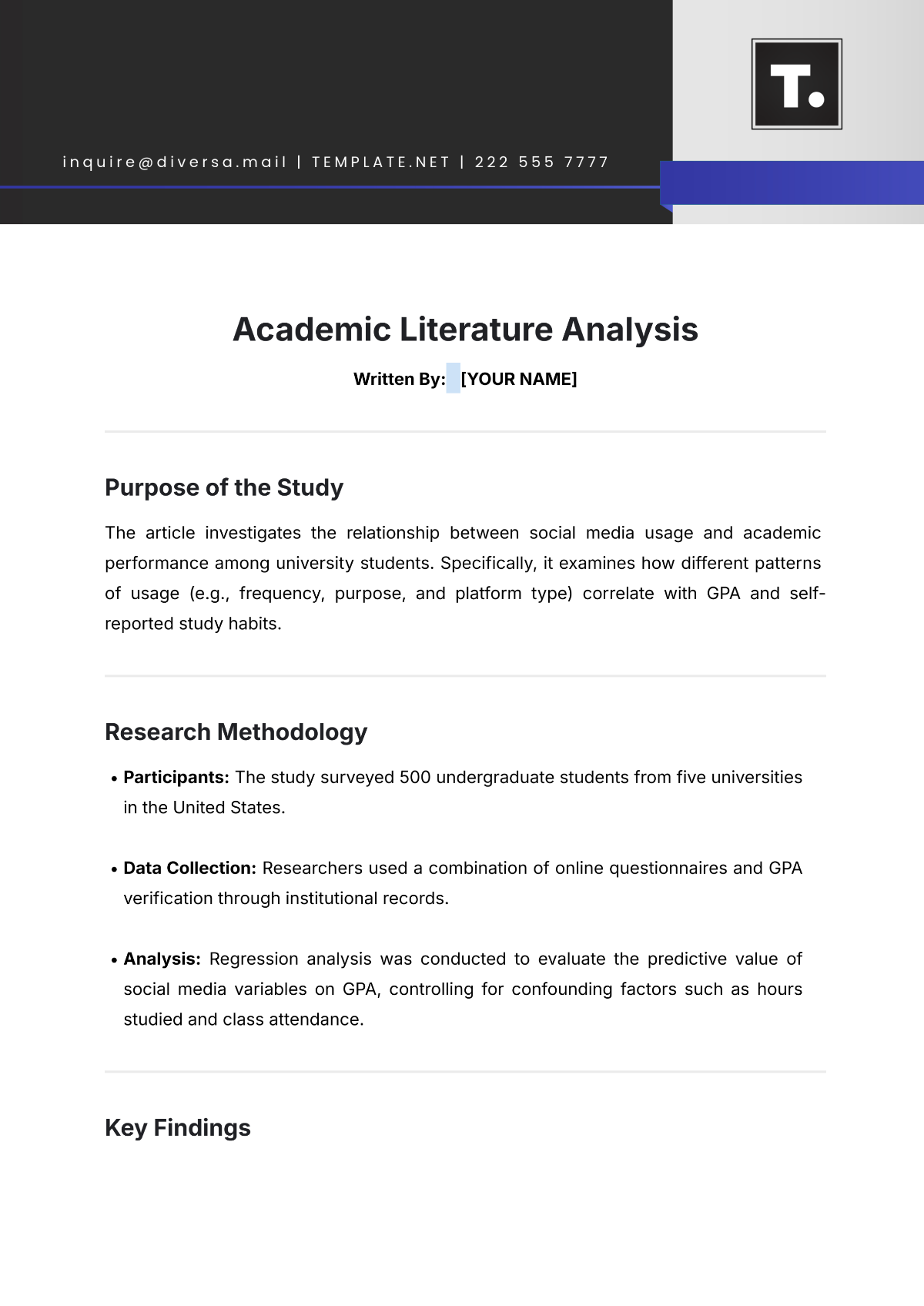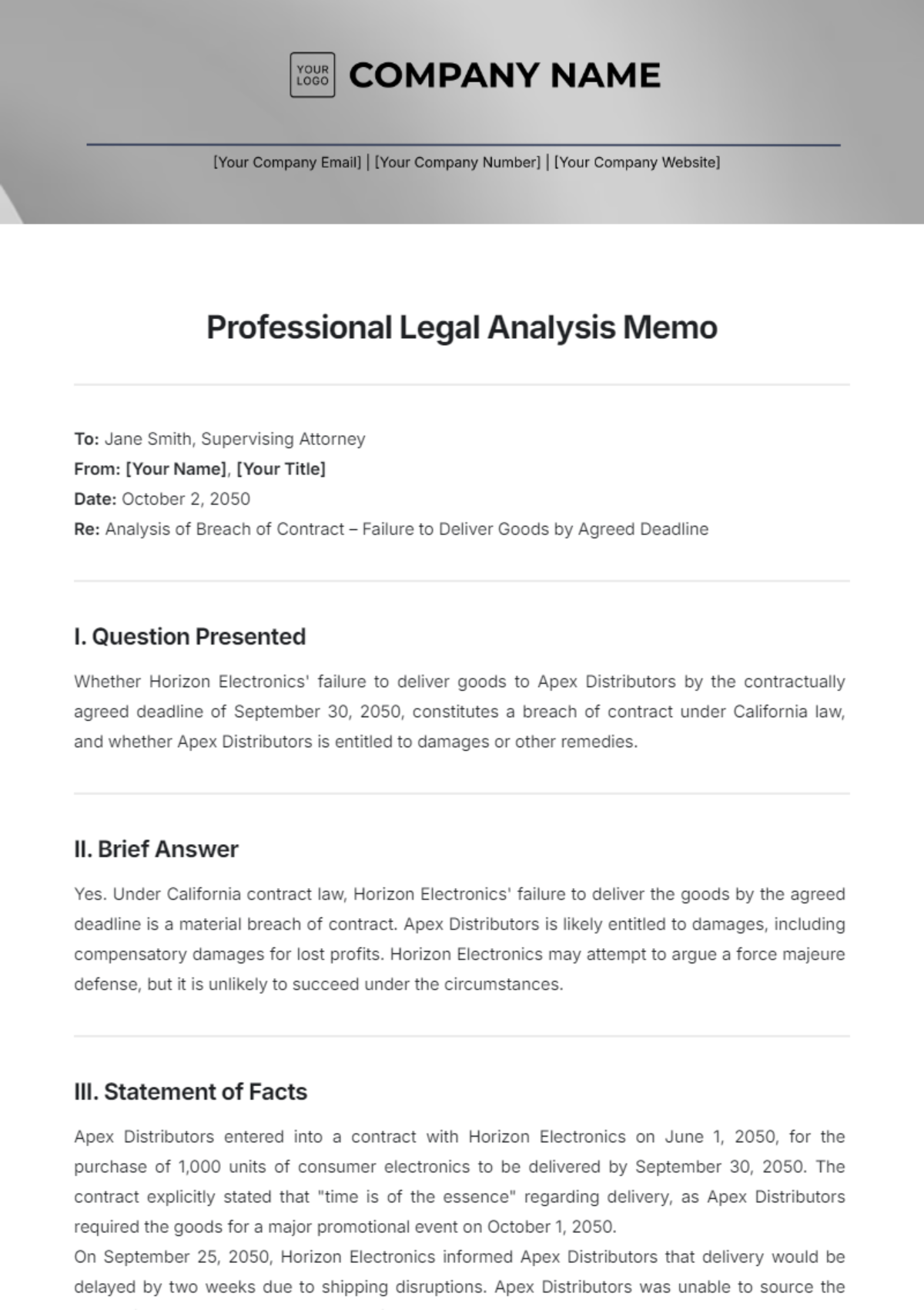Case Study Analysis Methodology
I. Introduction
Case study analysis is a powerful research method designed to investigate complex issues by examining specific instances or cases in great detail. This methodology is essential for acquiring nuanced insights and understanding the multifaceted factors that influence the situation under study. The following outlines a structured approach for conducting a thorough and effective case study analysis.
II. Objectives of Case Study Analysis
The primary goals of a case study analysis include:
Understanding Context and Background: Gain a comprehensive understanding of the case's context and historical background.
Identifying Key Issues and Challenges: Pinpoint and evaluate critical issues and challenges present within the case.
Analyzing Influencing Factors: Examine how various factors impact the outcomes of the case.
Developing Recommendations: Formulate actionable recommendations and solutions based on the analysis to address identified issues.
III. Steps in Case Study Analysis
1. Define the Case
Clearly articulate the case under investigation.
Establish the scope and boundaries to focus the analysis on relevant aspects.
Develop specific research questions or hypotheses to guide the analysis.
2. Conduct Preliminary Research
Collect essential background information to set the stage for the case study.
Review existing literature and prior case studies to understand the broader context.
Identify key stakeholders, their roles, and their influence on the case.
3. Data Collection
Utilize multiple data collection methods to ensure a comprehensive understanding:
A. Interviews
Conduct interviews with key stakeholders, experts, and participants.
Use a semi-structured interview guide with open-ended questions to obtain in-depth responses.
B. Observations
Observe relevant environments, behaviors, and interactions.
Document observations through detailed notes, photographs, or videos where appropriate.
C. Document Review
Analyze pertinent documents such as reports, financial records, meeting minutes, and official communications.
Evaluate the credibility and relevance of each document to ensure reliable data.
4. Data Analysis
Systematically analyze the collected data to identify patterns, trends, and key insights:
A. Qualitative Analysis
Employ coding techniques to categorize qualitative data into themes.
Conduct thematic analysis to uncover core issues and recurring patterns.
B. Quantitative Analysis
Apply quantitative methods, such as statistical analysis, to examine relationships and trends.
C. Integration
Synthesize findings from diverse data sources to develop a comprehensive understanding of the case.
5. Identify Key Issues and Challenges
Determine the principal problems or challenges faced in the case.
Analyze root causes and contributing factors.
6. Develop Solutions and Recommendations
Formulate practical, evidence-based solutions and recommendations to address the identified issues:
Ensure feasibility considering available resources and constraints.
Assess the potential impact of recommendations on all stakeholders.
Propose both short-term and long-term solutions for immediate relief and sustainable outcomes.
7. Report Writing
Compile a detailed and well-structured report of the case study analysis:
A. Introduction
Provide an overview of the case, including its background and context.
State the objectives, scope, and significance of the analysis.
B. Methodology
Describe the data collection methods, analysis techniques, and any limitations encountered.
C. Findings
Summarize key findings, highlighting critical insights from the analysis.
D. Discussion
Discuss the implications of the findings, linking them to relevant literature and theoretical frameworks.
Reflect on the broader significance of the field of study or practice.
E. Recommendations
Present actionable recommendations with a clear implementation plan and anticipated outcomes.
F. Conclusion
Recap the main points of the analysis, emphasizing key takeaways and future considerations.
IV. Conclusion
Case study analysis is a robust method for gaining deep insights into complex issues and developing well-informed solutions. By following this structured methodology, researchers and practitioners can ensure a rigorous and comprehensive analysis that provides valuable and actionable recommendations. This approach enhances the understanding of specific cases and contributes to broader knowledge and practice within the field.

















































